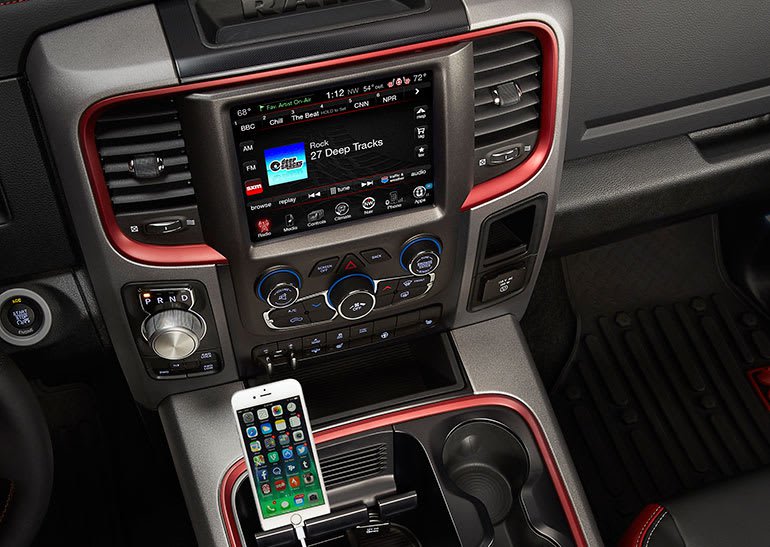
High-Tech Features Distract Drivers for Dangerously Long Periods, AAA Study Finds
Researchers find navigation and texting systems are the biggest offenders
High-tech infotainment systems—the ones that allow drivers access to navigation, audio, and phone features—are distracting drivers for dangerously long periods of time, a new study by the AAA Foundation for Traffic Safety has found.
In research conducted by the University of Utah, drivers were visually and mentally distracted for more than 40 seconds when completing tasks like entering navigation destinations or sending a text message while driving.
Every second lost in concentration adds to a driver’s potential danger: According to AAA research, drivers who look away from the road for just two seconds double their chances of being in an accident.
The study, released Thursday, monitored 120 drivers age 21 to 36 as they drove in 30 different models along a 2-mile stretch of road at 25 mph. It aimed to answer key questions:
• Which task is the most demanding to complete while driving: calling/dialing, sending a text message, tuning the radio, or programming navigation?
• What level of cognitive demand is associated with completing these tasks using voice commands, touch screens, or technologies such as buttons, rotary dial, or writing pad?
The researchers found that entering a destination into the navigation system was the most demanding of drivers’ attention, followed by texting. Using the radio and making a call were judged the least demanding. Radio use and entering a destination, however, caused drivers to take their eyes off the road for the longest periods of time, researchers found.
Researchers said that most infotainment systems tested could be made safer by following federal recommendations such as locking out text, social media, and navigation inputs while the car is in motion.
In 2012, the National Highway Traffic Safety Administration (NHTSA) released a set of voluntary guidelines advising automakers to block access to tasks when vehicles are not parked.
The problem is those guidelines have not kept pace with technology, says Jake Fisher, director of auto testing at Consumer Reports.
“Far more drivers now carry smartphones, and those are much faster and more capable than before,” he says. “Now, when an in-car navigation system locks them out because the vehicle’s in motion, many drivers simply pick up their phone to plug in a destination, which is inherently less safe.”
The University of Utah researchers did not evaluate Android Auto or Apple CarPlay systems, which mimic the smartphone interfaces in a growing number of models.
For systems that are built into the vehicle, owners have said they generally like them — 44 percent of Consumer Reports subscribers said they were “very satisfied” in a survey published earlier this year — but it’s clear those systems have plenty of room to improve.
In Consumer Reports testing of these systems over the past several years, Fisher says that CR has found that the systems that score worst for distraction are often found in luxury models. Those systems are loaded with lots of features and distracting user interfaces.
He notes that base model systems are often the least distracting, because they offer fewer features and more traditional interfaces, such as buttons and knobs. However, there are well-designed systems such as Chrysler’s Uconnect and General Motors’ MyLink that prove it’s possible to offer a full range of features while being much less distracting.
“Drivers want technology that is safe and easy to use, but many of the features added to infotainment systems today have resulted in overly complex and sometimes frustrating user experiences for drivers,” says Marshall Doney, AAA’s president and CEO.
“Some of the latest systems on the market now include functions unrelated to the core task of driving like sending text messages, checking social media, or surfing the web—tasks we have no business doing behind the wheel,” Doney says. “Automakers should aim to reduce distractions by designing systems that are no more visually or mentally demanding than listening to the radio or an audiobook. And drivers should avoid the temptation to engage with these technologies, especially for non-driving tasks.”
Shoppers who are looking to understand which systems work best should read the “Controls” section in the CR Road Tests of any model they’re considering.
Want more consumer news? Visit our parent organization, Consumer Reports, for the latest on scams, recalls, and other consumer issues.


